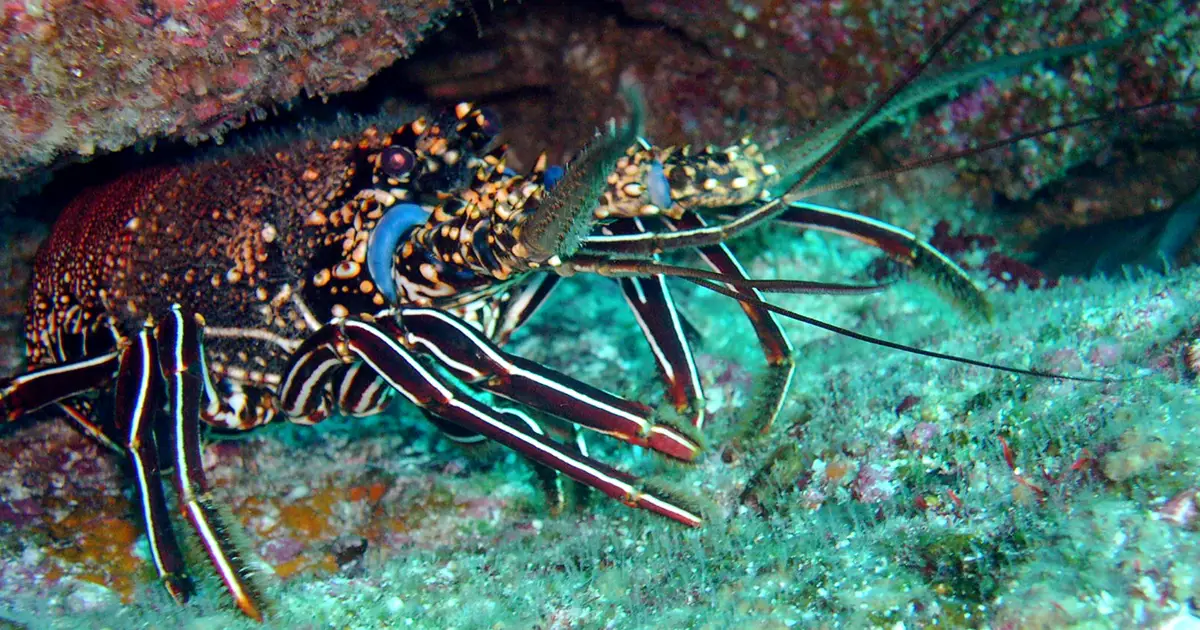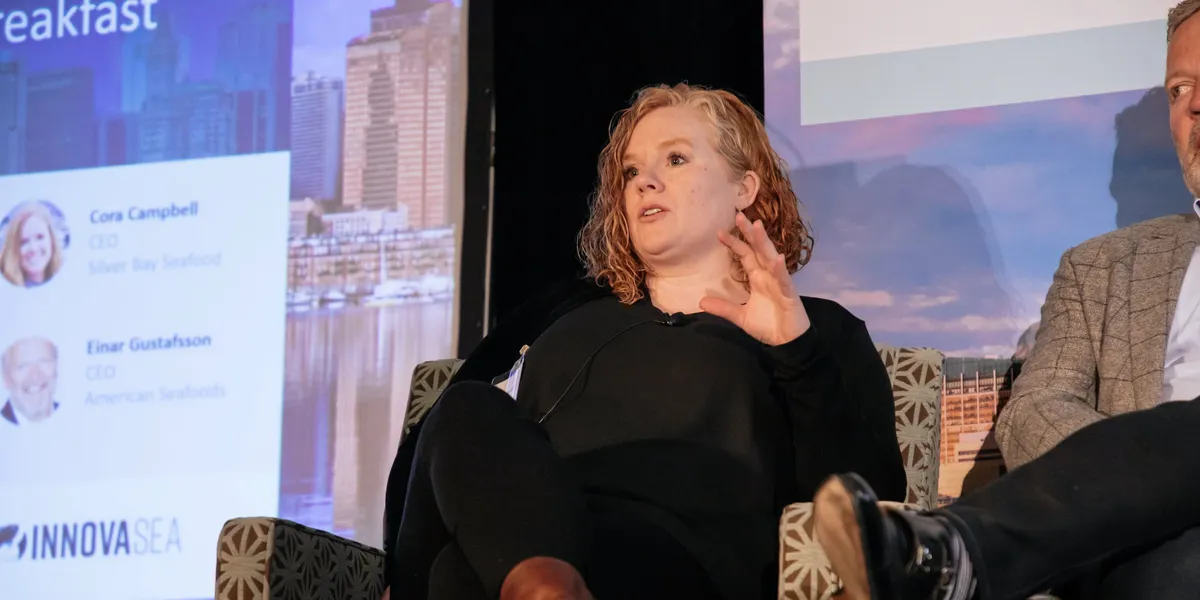Publix commits to multiyear project for coral reef restoration – WPTV

Corporate Sustainability Report: Publix’s Commitment to Marine Ecosystem Restoration and the Sustainable Development Goals
Executive Summary
Publix has advanced its commitment to environmental stewardship through a significant financial contribution aimed at coral reef restoration in Florida. A donation of $675,000 has been made to the National Park Foundation (NPF) as the first installment of a $2 million multiyear pledge initiated in 2022. This initiative directly supports several United Nations Sustainable Development Goals (SDGs), with a primary focus on SDG 14 (Life Below Water) and SDG 17 (Partnerships for the Goals). The funding targets critical restoration activities in Biscayne National Park and Dry Tortugas National Park, addressing severe environmental threats and contributing to the long-term health of marine ecosystems.
Advancing SDG 14: Life Below Water
The core of this initiative is the protection and restoration of marine biodiversity, a central tenet of SDG 14. The funding is allocated to a series of targeted interventions designed to combat the degradation of Florida’s coral reefs.
Key Restoration Activities
The donation supports a comprehensive strategy to enhance the resilience and health of coral ecosystems, directly aligning with SDG Target 14.2 (sustainably manage and protect marine and coastal ecosystems). The funded projects include:
- Transplanting nursery-grown corals to degraded reef sites.
- Restoring corals damaged by storms and other physical impacts.
- Treating corals afflicted by Stony Coral Tissue Loss Disease and other pathogens.
- Conducting coral rescue operations in response to marine heat waves and mass bleaching events.
- Removing invasive species to restore the balance of native reef fish populations.
- Providing in-water protection measures for vulnerable coral colonies.
- Cultivating larvae of protected coral species for future outplanting.
- Restoring reef habitats through the removal of submerged marine debris, contributing to SDG Target 14.1 (reduce marine pollution).
Project Implementation in National Parks
The restoration efforts are concentrated in two federally protected marine areas facing significant environmental pressures.
Biscayne National Park
As the largest marine park in the United States, Biscayne National Park contains a significant portion of the Florida Reef Tract. Recent ecological stressors, including marine heat waves, hurricanes, and the outbreak of Stony Coral Tissue Loss Disease, have severely impacted the park’s reefs. The intervention funded by Publix is critical for the restoration of this vital coastal ecosystem.
Dry Tortugas National Park
Located 70 miles west of Key West, this remote 100-square-mile park is a sanctuary for unique coral reefs and marine life. Despite its remote location, the park has also been affected by Stony Coral Tissue Loss Disease. The partnership ensures that resources are directed toward preserving this unique and fragile marine environment.
Broader Contributions to Global Sustainability Goals
Publix’s environmental efforts extend beyond marine conservation, demonstrating a holistic approach to corporate responsibility that aligns with a wider range of SDGs.
Commitment to SDG 15 (Life on Land) and SDG 12 (Responsible Consumption and Production)
The company’s sustainability initiatives encompass terrestrial and operational improvements:
- Water Restoration: Supporting projects to restore water quality and flow in the Florida Everglades aligns with SDG 15.
- Reforestation: Funding tree plantings with the Arbor Day Foundation supports reforestation efforts, another key component of SDG 15.
- Operational Efficiency: Improving fuel usage in transportation and implementing energy-efficient technologies in facilities contributes to SDG 12.
- Sustainable Sourcing: Offering sustainably and responsibly sourced seafood directly supports the principles of SDG 12 and SDG 14.
- Waste Reduction: An expansive recycling program across its operations addresses SDG 12 by reducing waste generation.
Fostering SDG 17: Partnerships for the Goals
The collaboration between Publix, a private sector entity, and non-profits like the National Park Foundation, the Arbor Day Foundation, and FORCE BLUE exemplifies the multi-stakeholder partnerships essential for achieving the SDGs. The April 2025 “Good Together” campaign, which raised over $2.6 million from associates and customers, further underscores this commitment to collective action for environmental preservation.
Analysis of SDGs, Targets, and Indicators
1. Which SDGs are addressed or connected to the issues highlighted in the article?
-
SDG 14: Life Below Water
- The article’s primary focus is on the protection and restoration of marine ecosystems, specifically coral reefs in Florida’s national parks. This directly aligns with the goal of conserving and sustainably using the oceans, seas, and marine resources.
-
SDG 15: Life on Land
- The article mentions Publix’s broader conservation efforts, including “tree plantings to support reforestation efforts in the Southeast.” This connects to the goal of protecting, restoring, and promoting the sustainable use of terrestrial ecosystems and halting biodiversity loss.
-
SDG 6: Clean Water and Sanitation
- The text notes Publix’s involvement in “restoring water in the Florida Everglades.” This action contributes to the protection and restoration of water-related ecosystems, a key aspect of SDG 6.
-
SDG 17: Partnerships for the Goals
- The entire initiative described is a multi-sector partnership. Publix, a private company, is collaborating with the National Park Foundation (NPF), FORCE BLUE, and the Arbor Day Foundation, which are non-profit/civil society organizations, to achieve environmental goals. This exemplifies the spirit of SDG 17.
2. What specific targets under those SDGs can be identified based on the article’s content?
-
SDG 14: Life Below Water
- Target 14.1: By 2025, prevent and significantly reduce marine pollution of all kinds, in particular from land-based activities, including marine debris. The article mentions efforts for the “removal of submerged marine debris” and funding “marine debris removal projects with NPF and FORCE BLUE.”
- Target 14.2: By 2020, sustainably manage and protect marine and coastal ecosystems to avoid significant adverse impacts, including by strengthening their resilience, and take action for their restoration. The core of the article details “coral reef restoration efforts,” including “transplanting nursery-grown corals,” “restoring storm-damaged corals,” and “treating corals affected by diseases.”
- Target 14.5: By 2020, conserve at least 10 percent of coastal and marine areas. The funding is directed at Biscayne National Park and Dry Tortugas National Park, which are protected marine areas, thereby supporting the conservation of these critical zones.
-
SDG 15: Life on Land
- Target 15.2: By 2020, promote the implementation of sustainable management of all types of forests, halt deforestation, restore degraded forests and substantially increase afforestation and reforestation globally. The article states that Publix’s campaign funded “tree plantings with the Arbor Day Foundation” to support “reforestation efforts.”
-
SDG 6: Clean Water and Sanitation
- Target 6.6: By 2020, protect and restore water-related ecosystems, including mountains, forests, wetlands, rivers, aquifers and lakes. The article explicitly mentions Publix’s efforts in “restoring water in the Florida Everglades,” which is a major wetland ecosystem.
-
SDG 17: Partnerships for the Goals
- Target 17.17: Encourage and promote effective public, public-private and civil society partnerships. The article describes a partnership between Publix (private sector) and organizations like the National Park Foundation, FORCE BLUE, and the Arbor Day Foundation (civil society) to achieve environmental objectives.
3. Are there any indicators mentioned or implied in the article that can be used to measure progress towards the identified targets?
-
For Target 14.1 (Reduce Marine Pollution)
- Implied Indicator: Amount of marine debris removed. The article mentions “removal of submerged marine debris” and “marine debris removal projects.” Progress can be measured by the volume or weight of debris collected from the project sites.
-
For Target 14.2 (Protect and Restore Marine Ecosystems)
- Implied Indicators: Number of corals transplanted, area of reef restored, and number of corals treated for disease. The article lists specific actions like “transplanting nursery-grown corals,” “restoring storm-damaged corals,” and “treating corals affected by diseases,” all of which are quantifiable activities that serve as direct progress indicators.
-
For Target 15.2 (Promote Reforestation)
- Implied Indicator: Number of trees planted. The article refers to “tree plantings to support reforestation efforts.” The most direct measure of progress for this activity is the total number of trees planted.
-
For Target 17.17 (Promote Partnerships)
- Explicit Indicator (Indicator 17.17.1): Amount of United States dollars committed to partnerships. The article provides exact financial figures that measure the scale of the partnership: a “$675,000” donation, a “$2 million multiyear commitment,” and a campaign that raised “more than $2.6 million.”
4. Summary Table of Findings
| SDGs | Targets | Indicators |
|---|---|---|
| SDG 14: Life Below Water |
14.1: Reduce marine pollution and debris.
14.2: Protect and restore marine and coastal ecosystems. 14.5: Conserve coastal and marine areas. |
Amount of marine debris removed from project sites.
Number of nursery-grown corals transplanted; Number of corals treated for disease; Area of reef habitat restored. Financial and project support for protected areas (Biscayne and Dry Tortugas National Parks). |
| SDG 15: Life on Land | 15.2: Promote reforestation and restore degraded forests. | Number of trees planted through the partnership with the Arbor Day Foundation. |
| SDG 6: Clean Water and Sanitation | 6.6: Protect and restore water-related ecosystems. | Area of the Florida Everglades ecosystem restored through supported projects. |
| SDG 17: Partnerships for the Goals | 17.17: Encourage effective public-private and civil society partnerships. | Amount of money committed to partnerships (e.g., “$675,000,” “$2 million,” “$2.6 million”). |
Source: wptv.com

What is Your Reaction?
 Like
0
Like
0
 Dislike
0
Dislike
0
 Love
0
Love
0
 Funny
0
Funny
0
 Angry
0
Angry
0
 Sad
0
Sad
0
 Wow
0
Wow
0



























;Resize=805#)


















































